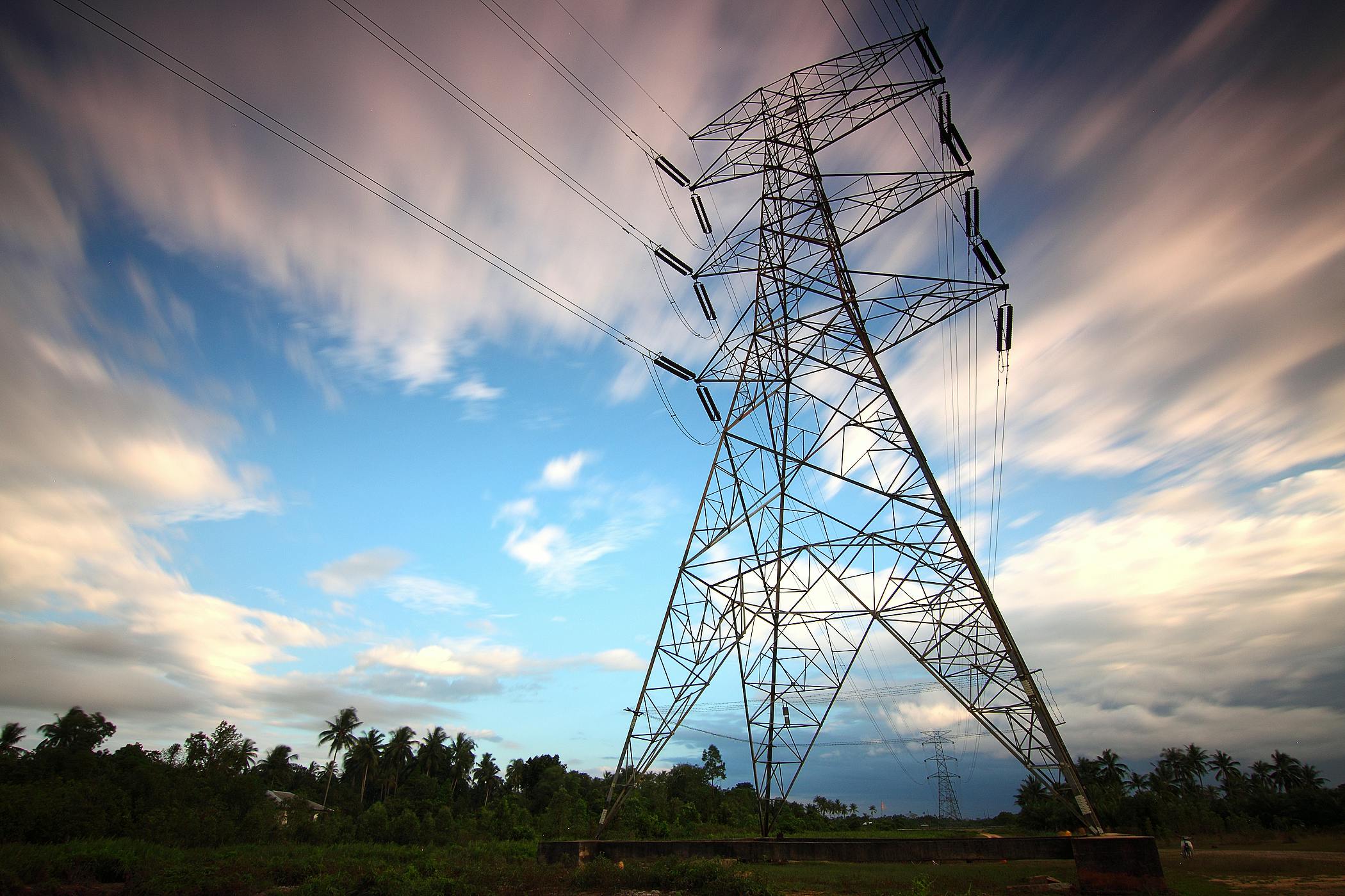In recent years, Haines City, located in Polk County, Florida, has witnessed a remarkable surge in population, positioning it at the forefront of a national trend favoring “exurbs”—communities situated on the outskirts of major metropolitan areas. This migration reflects a broader shift as Americans seek more tranquil living environments and affordable housing options.
A Significant Population Increase
According to the U.S. Census Bureau, Haines City experienced an influx of nearly 30,000 new residents last year, marking one of the most substantial population increases in the nation. This growth has transformed the city, historically known for its expansive citrus groves, into a burgeoning residential hub.
The Appeal of Exurban Living
Exurbs, defined as communities located 40 to 60 miles from major city centers, have become increasingly attractive for several reasons:
-
Affordable Housing: Housing costs in exurban areas are typically lower than in urban centers, making homeownership more accessible.
-
Tranquil Environment: Many individuals and families are drawn to the peaceful settings of these communities, away from the hustle and bustle of city life.
-
Remote Work Opportunities: The COVID-19 pandemic accelerated the adoption of remote work, allowing people the flexibility to reside farther from their workplaces.
Marisol Ortega, a resident of Haines City, exemplifies this trend. Despite a 90-minute commute to her job in Orlando, she values the tranquility her exurban home provides. “I love what I do, but then I love coming back home, and it’s more tranquil,” Ortega shared.
A Nationwide Movement
Haines City is not alone in this demographic shift. Other Southern exurbs, such as Anna in Texas, Fort Mill in South Carolina, and Lebanon in Tennessee, have also experienced rapid population growth. Factors contributing to this trend include rising housing costs in urban areas and the increased feasibility of remote work.
Challenges and Considerations
While the growth of exurbs offers opportunities, it also presents challenges:
-
Infrastructure Development: Rapid population increases necessitate the expansion of infrastructure, including roads, schools, and healthcare facilities.
-
Environmental Impact: The conversion of agricultural land, such as citrus groves, into residential and commercial developments can have environmental implications.
-
Economic Diversification: As these communities grow, there is a need to diversify local economies to provide employment opportunities and services for residents.
In Polk County, the decline of the citrus industry due to factors like hurricanes and diseases has led some growers to sell their land to developers, further fueling residential expansion.
Looking Ahead
The sustainability of exurban growth remains uncertain, especially as some companies encourage employees to return to traditional office settings. Communities like Haines City may need to adapt to changing work dynamics and continue to offer appealing amenities to retain and attract residents.
Katie Worthington Decker, senior vice president of the Lakeland Economic Development Council, highlighted Polk County’s advantages: “Polk County’s location in the center of the state offers the same moderate Florida weather but with comparative affordability… to our surrounding metro markets, low tax rates, connectivity to other metro markets by car, rail or commercial air … .”
Conclusion
Haines City’s population boom underscores a significant shift in American living preferences, with many opting for the serenity and affordability of exurban communities. As this trend continues, it will be essential for such areas to manage growth thoughtfully, balancing development with the preservation of the qualities that make them desirable.
For more information about Haines City and its services, visit the official city website
(Source : apnews.com, nypost.com)


 by
by 

